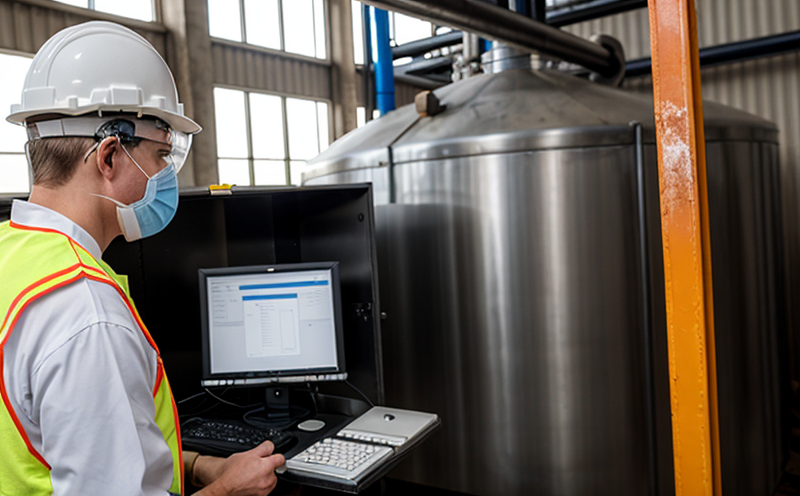Occupational exposure monitoring inspection
The occupational exposure monitoring (OEM) inspection is a critical component of ensuring worker safety and compliance in environments where hazardous substances or conditions may be present. This service involves the systematic evaluation of workplace environments to identify, measure, and control potential exposures to harmful agents that could affect human health. OEM inspections are conducted with precision and rigor to meet regulatory standards and company-specific policies.
In sectors such as energy systems and environmental surveillance, where workers often encounter high-risk conditions, OEM is indispensable. For instance, in the maintenance of nuclear power plants or during hazardous waste operations, OEM can detect and mitigate risks before they escalate into incidents. This service encompasses a range of methodologies including air sampling, biological monitoring, and direct-reading instruments to assess exposure.
The primary goal of OEM inspections is to protect workers from overexposure to contaminants like asbestos, silica dust, or toxic chemicals used in industrial processes. By identifying these exposures early on, companies can implement preventive measures, improve ventilation systems, and provide appropriate personal protective equipment (PPE) to their employees. This proactive approach not only ensures compliance with regulatory standards but also enhances the overall safety culture within an organization.
The process begins with a thorough risk assessment of the workplace environment. Once identified, potential exposures are monitored using various sampling techniques. For example, air samples can be collected over specific periods and analyzed for their composition. Biological monitoring involves measuring biomarkers in workers' tissues or fluids to assess internal exposure levels. Direct-reading instruments provide immediate data on real-time conditions, which is particularly useful during field operations.
After collecting the necessary data, OEM inspectors analyze it meticulously using validated methods such as those outlined in ISO 16000 series standards for air quality testing or OSHA (Occupational Safety and Health Administration) guidelines. Compliance with these standards ensures that the results are accurate and reliable. Reporting of findings is comprehensive, detailing all measured parameters along with recommendations for improvement where necessary.
Customer satisfaction in OEM services hinges on several factors including accuracy, timeliness, and actionable insights provided by inspectors. Organizations investing in robust OEM programs typically experience reduced incident rates, lower healthcare costs associated with occupational illnesses, and improved employee morale due to enhanced safety measures. Furthermore, adherence to international standards like ISO 14001 for environmental management systems can further bolster an organization's reputation.
Applied Standards
| Standard | Description |
|---|---|
| ISO 9001:2015 | Quality management systems for organizations to ensure consistent production of products or services. |
| ASTM E1823-17 | Airborne particulate matter sampling and gravimetric measurement methods. |
| EN 45001:2016 | Management systems for accreditation bodies providing conformity assessment services. |
| IEC 61968-3 | Data center infrastructure management - Particulars of measurement and monitoring. |
Industry Applications
- Nuclear power plant maintenance
- Hazardous waste operations
- Petrochemical processing facilities
- Mining operations
- Chemical manufacturing plants
- Agricultural pesticide application monitoring
- Construction site safety audits
- Steel production environments





